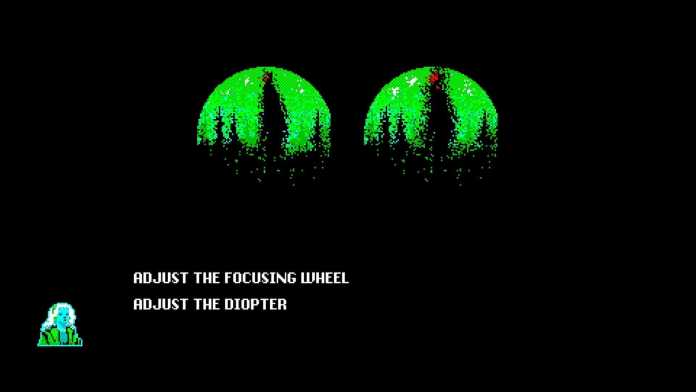– Advertisement –
There’s something about the Mothman that makes it eminently fascinating. Whether its the creature’s humanoid appearance, the mystery behind its sightings in the nostalgic 60s or the fact that a paranormal writer took some rather impressive leaps of logic when penning a book that was eventually adapted in the highly evocative 2002 movie The Mothman Prophecies. However it came to be, the story is a hard one to forget.
Appearing in isolated incidents in 1966 in a town named Point Pleasant to terrify the locals, it was then attributed to prophesizing large disasters as it would mysteriously appear just before they occurred. It matters not that the first sightings were explained by a local wildlife expert stating that a large Sandhill Crane – a very large reddish eyed 7-foot wingspanned bird – may have diverted from its normal migratory path, the creature was set it stone, and its story staying alive in the vernacular of mythical beasts.
Using 80s home computer graphics as visual framework to tell a short interactive visual novel, Mothmen 1966 centers the appearance of the creature around 3 characters, starting off with a couple of university students that go for a ‘romantic’ shooting star viewing in a remote town. Little do they know that mysterious men in black suits, paranormal events and turn of the century stories are in their immediate future.
The narrative starts slowly by building up the character backgrounds, with a 3-pronged perspective allowing you to learn about the lives of these normal characters and their inner most thoughts, exposing their personalities and their ticks.

I normally love this style of storytelling as the smallest details always paint the best picture of the intended world, but in this case, as the story’s running time is limited, the often blurted out comments between characters with previously established relationships overshoot their mark, with the subtext not able to fill the gaps, like you’ve started a movie 30 minutes in and aren’t able to put a finger on what’s going on.
This is an occupational hazard of a short story, of course, but one way Mothmen 1966 tries to convey these existing relationships by making them strained, but in doing so, makes it hard to actually care for any of the characters as they go through their trials and tribulations. Personally, I’ve never been a fan of media where you can’t empathize or see yourself in the characters, with the lack of redeeming features diminishing my enjoyment, regardless of how good the production is.



The interactive parts of the game come in when the characters start being threatened by the local wildlife and require you to choose from a list of options with all but one leading to an abrupt and single death screen. Whether it’s adjusting binoculars to get the correct focus on a creature or fending off beasts from all angles, every interaction seems like a good idea on paper, but in reality, you just are pounding through the options in a crude menu to keep the story moving, as your incorrect option rarely provides any further story.
The only game-like interactions that flow naturally within the story involve an ‘impossible’ card game introduced by one of the characters at the very beginning and also the choices mid-conversation that occasionally lead to differing dialogue and suggest a branching story.



Sadly, a large branching story with multiple endings never materializes – with only one ending – resulting in the biggest regret of the game, as this is the exact genre where this is needed. There are no sequels, no characters that need to survive and no story that can be ruined with a bizarre ending.
It should be said that the subject manner and the direction the story takes with the background of the Mothman – and why its appearing – is both interesting and also the most intriguing part of the story, but the visual novel ends not long after the long discourse that finally has you understand what is actually happening, so despite setting up the story with everything feeding into this exact moment, all the air is let out of the balloon when it forces its abrupt and surprising ending on you.
It’s almost as if it’s done out of necessity to try and top the late reveal moments earlier, but it’s given little chance to build itself back up, resulting in a flat ending.



This isn’t to say that Mothmen 1966 is a bad story by any means, but it’s not the greatest interactive experience. Short stories by their very nature are limited by the length of time to deliver its narrative, but without innovative gameplay or a branching story to extend the experience it makes little more than bland one-and-done viewing.
To play devil’s advocate, one advantage of this style is that a broad spectrum of ideas can be conveyed if delivered in a package, but despite some slightly confusing advertising, you are only getting one game out of a planned collection of 3 separate short stories. A three-in-one package will presumably happen once all three have been released, so I suggest that any pulp fiction/mythical creature fans wait until that happens before making the investment.
A short story that is both light on content and variety, Mothmen 1966 is two-hour supernatural mystery without the narrative highs or multiple endings that you’d expect, and as such, you are better off turning your console and streaming The Mothman Prophecies for the millionth time instead.




